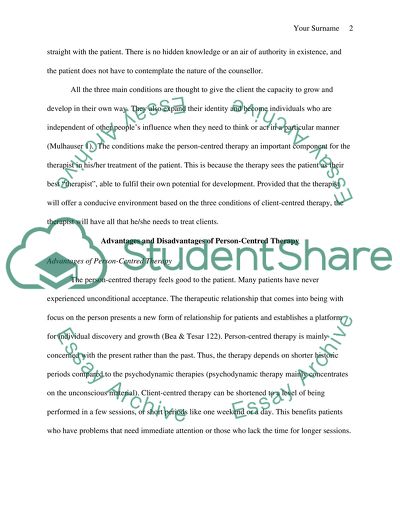Cite this document
(“Person-Centred Therapy Offers the Therapist All that he/she will Need Essay”, n.d.)
Retrieved from https://studentshare.org/psychology/1451325-evaluate-the-claim-that-person-centred-therapy
Retrieved from https://studentshare.org/psychology/1451325-evaluate-the-claim-that-person-centred-therapy
(Person-Centred Therapy Offers the Therapist All That he/She Will Need Essay)
https://studentshare.org/psychology/1451325-evaluate-the-claim-that-person-centred-therapy.
https://studentshare.org/psychology/1451325-evaluate-the-claim-that-person-centred-therapy.
“Person-Centred Therapy Offers the Therapist All That he/She Will Need Essay”, n.d. https://studentshare.org/psychology/1451325-evaluate-the-claim-that-person-centred-therapy.


